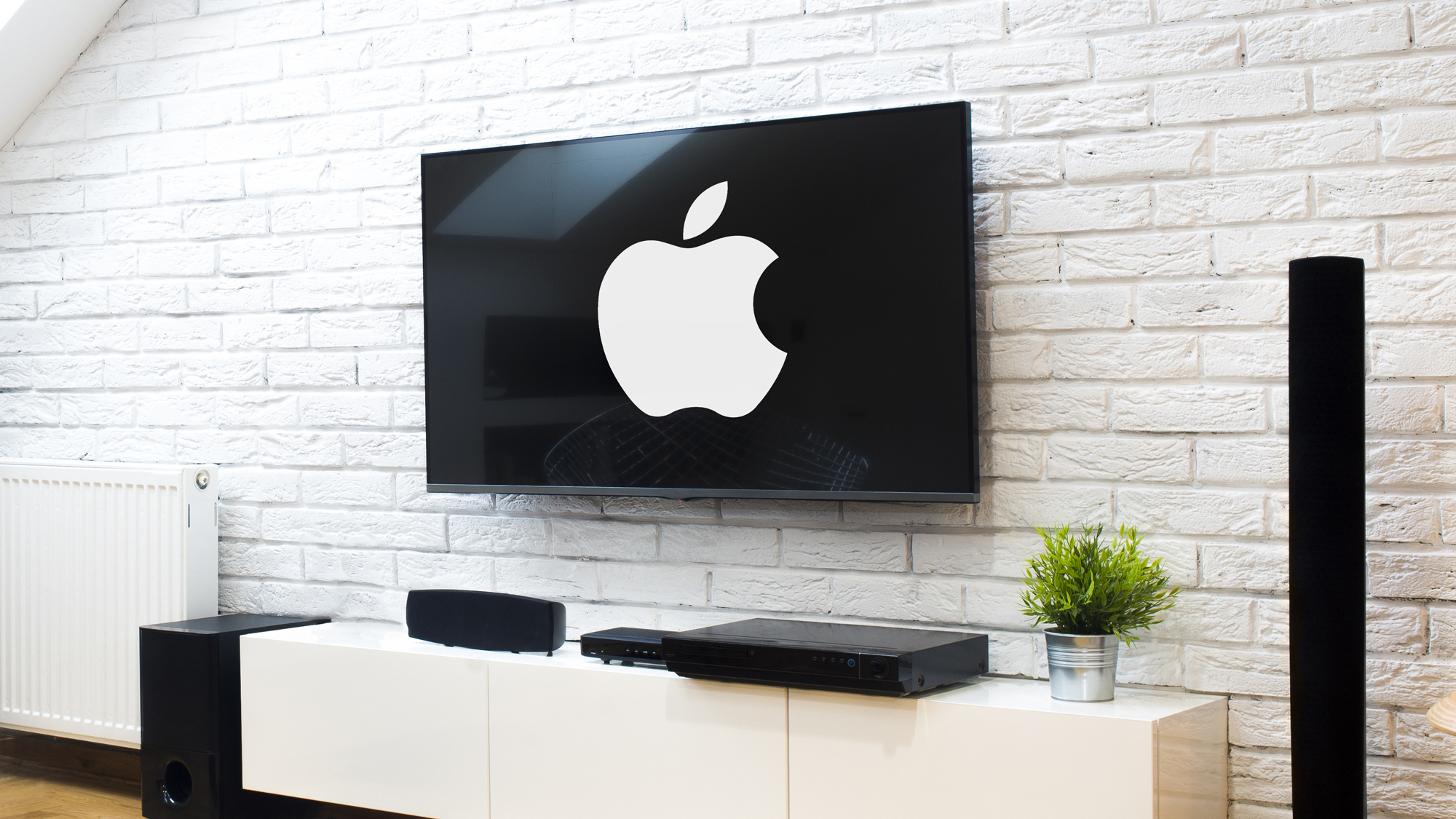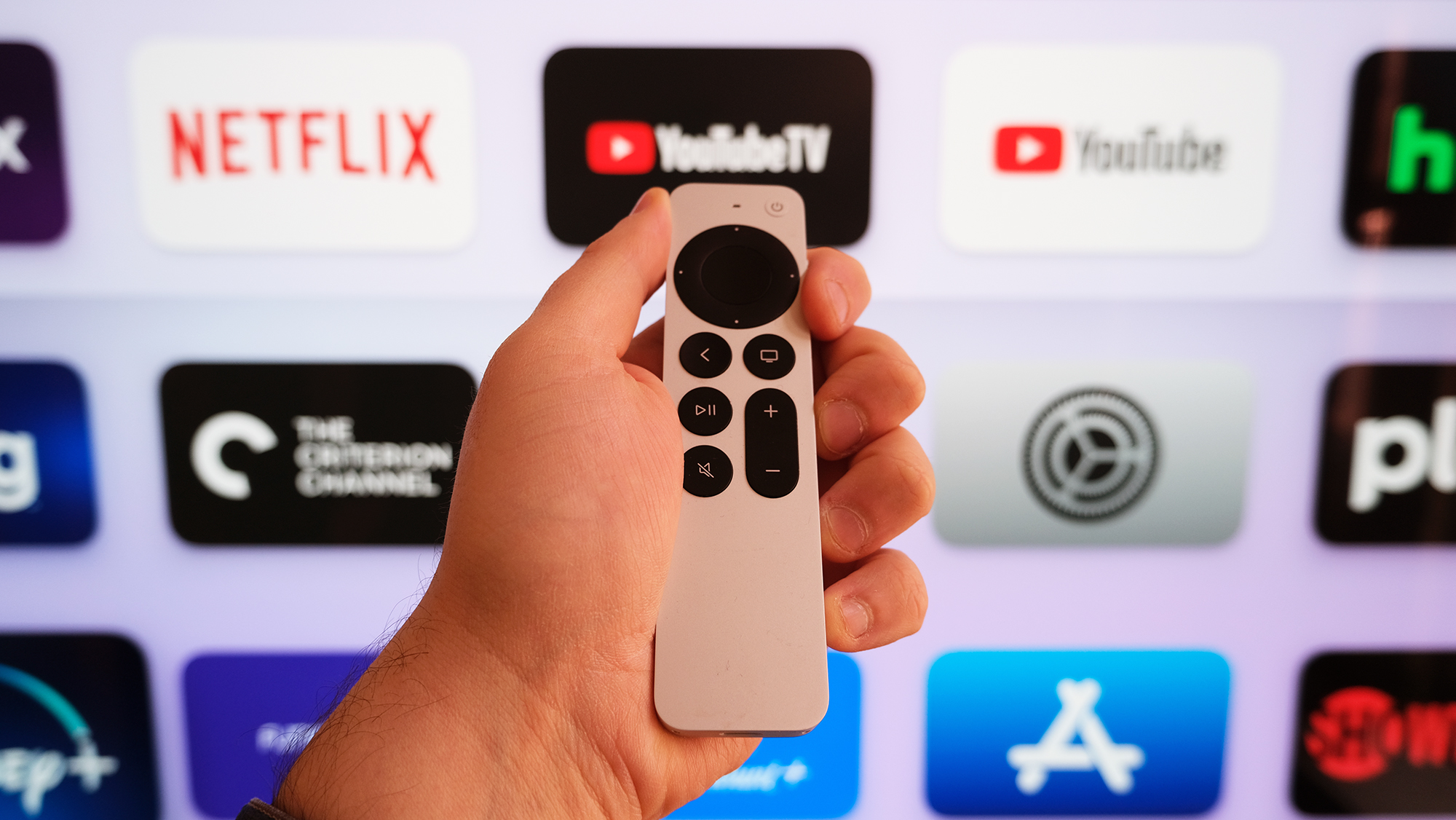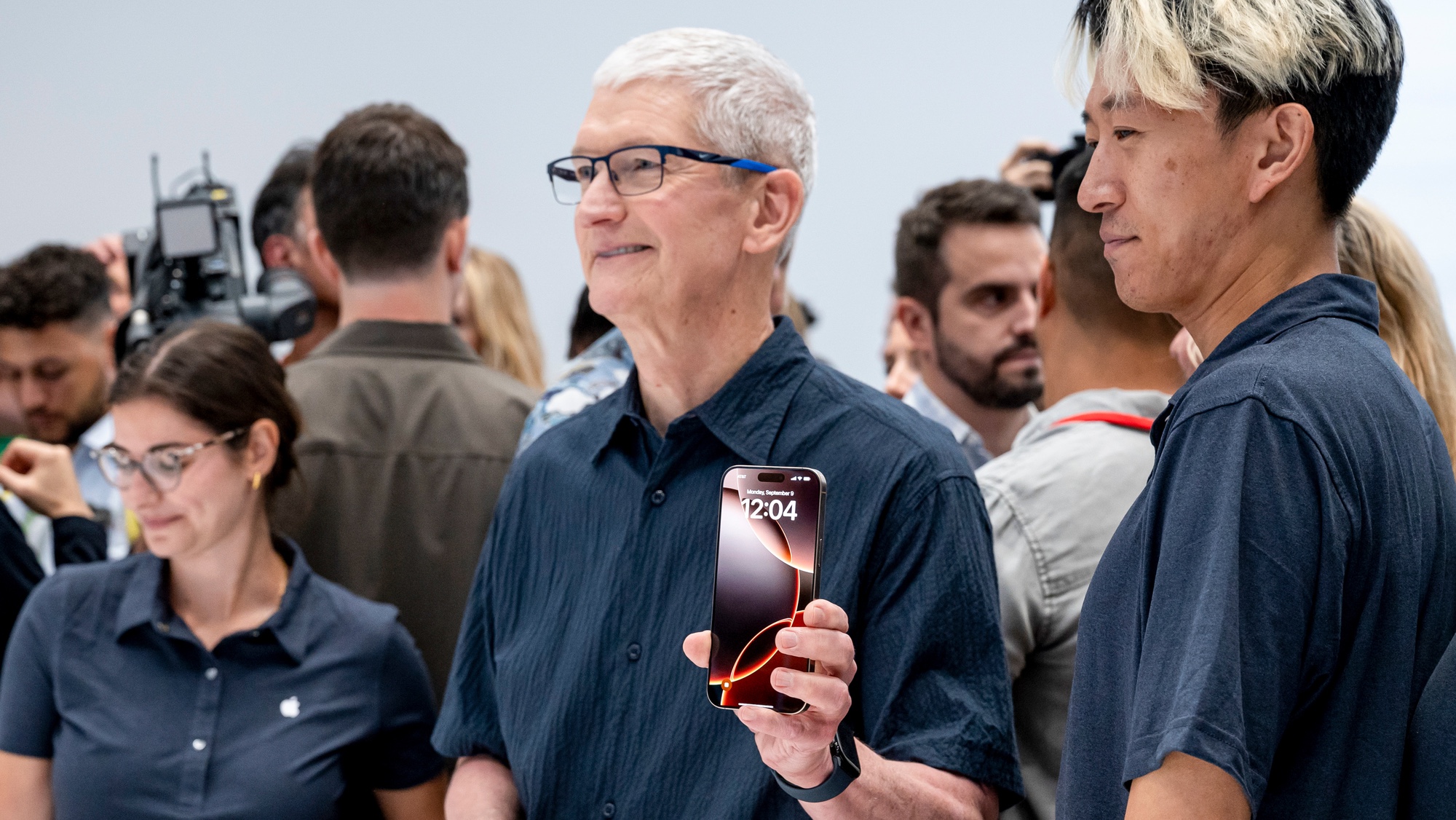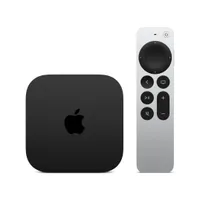I review TVs for a living — and it's time for Apple to finally make its own TV

For almost as long as I’ve been covering the TV business — and that’s well over a decade at this point — rumors have swirled around Apple making its own smart TV. In fact, by my count, there was an Apple TV rumor as recent as November of 2024.
These rumblings are often substantiated with what would be inside information, but there’s another element helping to power the rumor mill: It just makes too much sense for Apple not to make its own TV.
I am in no way an Apple aficionado. I use a handful of Apple-branded products on a regular basis, sure, but I don’t consider myself an acolyte.
Nevertheless, there isn’t much in the way of TV-related news that would excite me more than an Apple throwing its hat into the ring to compete with the likes of Samsung, LG and Sony, makers of some of the best TVs on the market.
Here’s what an Apple-branded TV might look like — and why it would probably cost you a pretty penny.
Apple’s TV would blend high-level performance with top-notch design

When it comes to TV design, you can divide the market into two categories: standard and lifestyle.
The vast majority of TVs feature a familiar, standardized design. Premium models might make use of nicer materials and sport an all-around better look than cheaper models, but by and large, there are no design surprises here. A TV is a TV..
Get instant access to breaking news, the hottest reviews, great deals and helpful tips.
Apple — known for its attractive, minimalistic approach to tech design — could conceivably bridge the gap between TVs that prioritize performance and those that lean more towards interior design.
So-called lifestyle TVs, however, prioritize style above all else. Models like the Hisense Canvas TV and Samsung’s The Frame offer an interesting, sophisticated design. They’re made to hang on the wall like a portrait, and when not in use, their matte screens display artwork and blend into their surroundings with ease.
Unsurprisingly, while most of the lifestyle TVs I’ve seen have offered decent picture quality, they don’t typically reach the same performance heights as the best OLED TVs and the best Mini-LED TVs you can buy.
Apple — known for its attractive, minimalistic approach to tech design — could conceivably bridge the gap between TVs that prioritize performance and those that lean more towards interior design.
It would surprise me if Apple’s introduction to the TV market arrived in the form of a direct, portrait-like competitor for The Frame, but it doesn’t take many leaps of the imagination to envision an Apple-branded TV whose design elements are surprisingly individualistic.
I envision cable management systems that are actually worth using. I would expect to see an unconventional approach to its remote control. Perhaps it would hang on the wall with a flat, gap-free mount — not to resemble a portrait, necessarily, but maybe an elegant-looking window to another world.
Of course, none of this would mean much without a TV-viewing experience that Apple could call its own.
A high-performance TV that harmonizes with iPhone, MacBook and more

It’s safe to say that Apple wouldn’t enter the market on the back of a so-so TV.
As an OLED appreciator, I’d certainly love to see the brand settle on the self-emissive display technology for its first TV, but even if Apple settled on a traditional LED panel, one can reasonably assume that it would perform at a relatively high level.
But what would really set Apple’s TV apart from the competition is its software integration. It would likely be built around the brand’s tvOS software suite, which currently powers the Apple TV streaming box.
I find tvOS to be a snappy, streamlined experience, thanks to its easy-to-approach user interface and fast processing.
The Apple TV 4K is one of the best streaming devices you can buy, thanks in large part to its lightning-fast A15 Bionic chip and its clean, easy-to-use interface. If you want to peek into a possible future where Apple-branded TVs exist, the Apple TV 4K provides a pretty good vision.
This sort of thing is Apple’s bread and butter; most folks warm up to Apple-backed software very quickly, and the brand’s developers sink a ton of resources into crafting various user experiences across all of its gadgets.
This sort of thing is Apple’s bread and butter; most folks warm up to Apple-backed software very quickly, and the brand’s developers sink a ton of resources into honing the user experience across all of its gadgets.
It’s next to impossible for me to imagine an Apple-branded TV that doesn’t offer a similar experience. What’s more, I find it hard to envision an Apple TV that doesn’t incorporate apps — and yes, notifications — from a suite of connected Apple devices.
One might find themselves reading and answering iMessages, for instance, or setting reminders for upcoming content. Video calls could be on the table, too, provided Apple was daring enough to strap a camera to its TV.
Apple ecosystem integration is at the top of my list of reasons why I think an Apple-branded TV is closer to an inevitability than a fantasy.
Unfortunately, I also think a sky-high price is an inevitability, too.
How much would an Apple-branded TV cost?

If flagship iPhones, Apple Watches and MacBooks are any indication, it's reasonable to assume that an Apple-made TV would cost a whole heck of a lot of money — particularly if it taps a high-end display technology like OLED or Mini-LED.
Right now, flagships TVs from Samsung, LG and Sony cost multiple thousands of dollars in 65-inch size options upon release. Throughout the calendar year, these prices steadily drop, but never really reach levels one might consider affordable.
That's just the reality of top-shelf TVs in 2025, and I suspect that Apple would be throwing its hat into the ring for the express purpose of competing with the likes of these heavy-hitting TVs from rival brands.
If Apple finally takes the plunge in the next few years, don't expect its debut model to go easy on your bank account.
And what about an Apple TV Pro?
Let's not get ahead of ourselves.
- Apple could be making its own TV — and OLED could be its secret weapon
- 7 Apple TV 4K settings to change now for the best results
- Apple debuts new tvOS 26 at WWDC — here’s what’s new
More from Tom's Guide

Michael Desjardin is a Senior Editor for TVs at Tom's Guide. He's been testing and tinkering with TVs professionally for over a decade, previously for Reviewed and USA Today. Michael graduated from Emerson College where he studied media production and screenwriting. He loves cooking, zoning out to ambient music, and getting way too invested in the Red Sox. He considers himself living proof that TV doesn't necessarily rot your brain.
You must confirm your public display name before commenting
Please logout and then login again, you will then be prompted to enter your display name.

